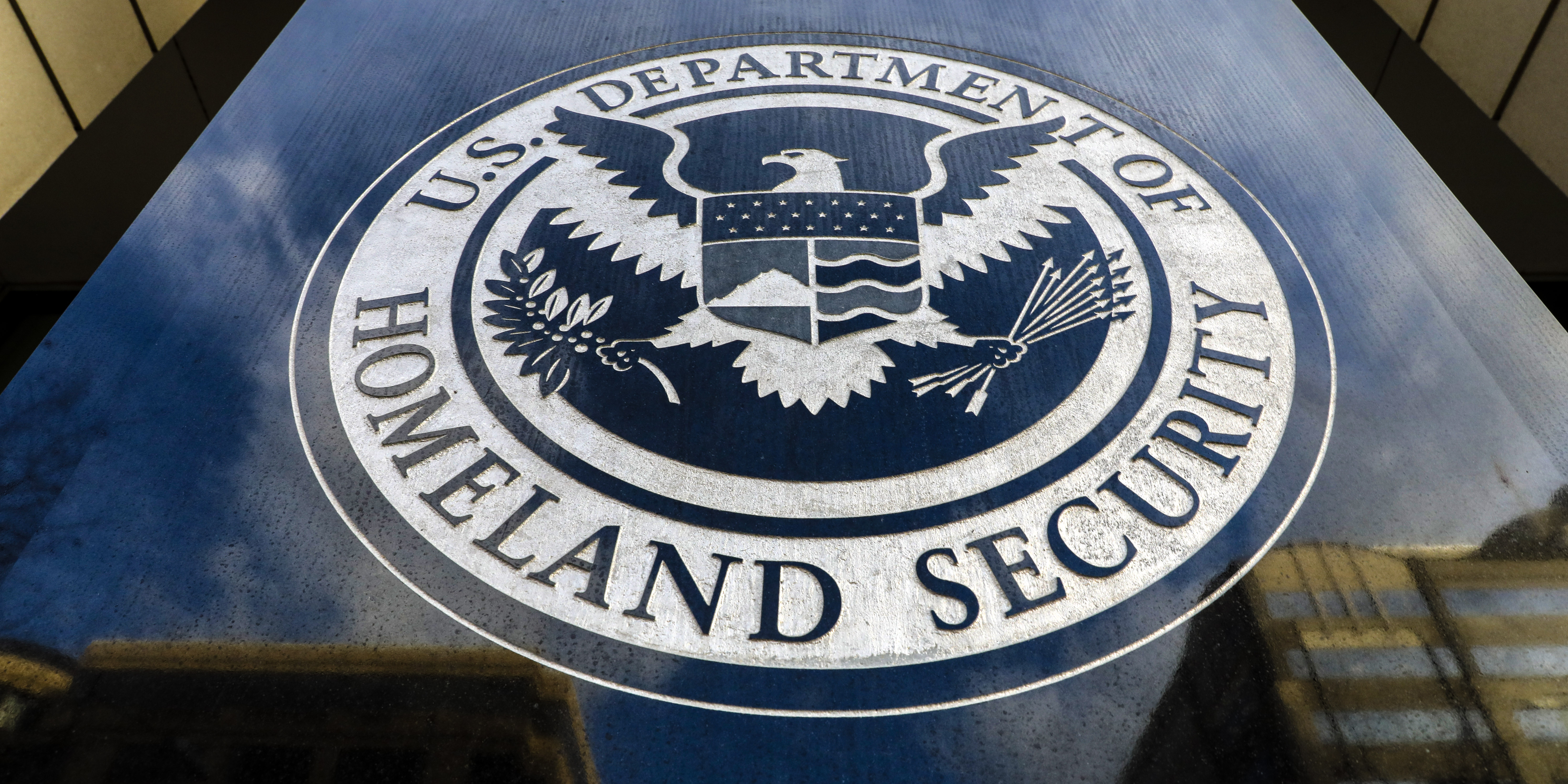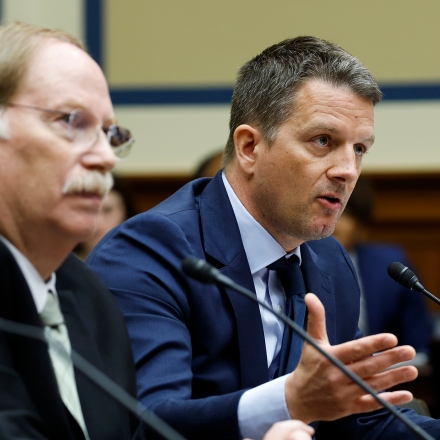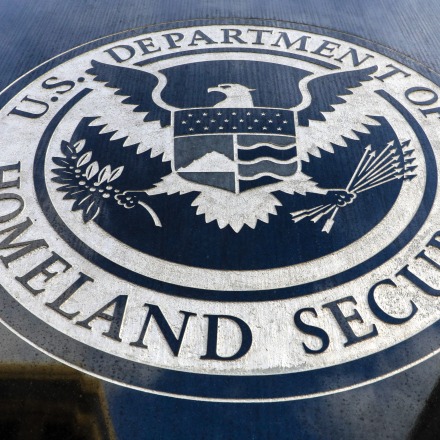U.S. Immigration and Customs Enforcement flouted guidance from the Biden administration to narrow its immigration arrests and prioritize deportation for migrants that pose threats to border security, public safety, and national security.
Shortly after President Joe Biden took office, his administration ordered ICE to prioritize action against people who posed security risks. A new report from the American Immigration Council, a nonprofit advocacy group, found that about a third of ICE arrests between February and November 2021, in Biden’s first year in office, involved people who were not considered risks to security or public safety. Half of ICE requests for local authorities to hold a migrant — called “detainers” — during the same period were carried out against people who were not considered security risks.
“At the end of the day, ICE was not following its own rules.”
“ICE was going outside of these priorities,” said Raul Pinto, a senior staff attorney at the American Immigration Council who drafted the report, of Biden’s orders. “At the end of the day, ICE was not following its own rules.”
The Biden administration issued guidance on new ICE enforcement priorities in January and February 2021. Former President Donald Trump’s policies made it an official priority to target anyone who was in the U.S. without authorization.
The new Biden guidelines called on the agency to prioritize groups of people considered by the Department of Homeland Security — ICE’s parent agency — to be threats to national security, border security, and public safety, and to use discretion in cases that fell outside of those categories.
A February 2021 memo required officers to obtain written permission for arrests, detainers, and removals of people who were not considered security risks. The memo also required ICE to collect data on enforcement actions and submit weekly reports of all enforcements and removals.
In the nine months after that guidance was issued, ICE directed at least a third of its enforcement actions against people who were not considered threats to security. ICE officers approved enforcement action in nonpriority cases 89.5 percent of the time. In 11 percent of the cases reviewed, enforcement action was taken before an ICE officer requested approval.
The report says, “This data suggests that ICE’s pre-approval process did not serve as a significant check on the agency, but largely as a rubber stamp for approval of officers’ actions.”
The American Immigration council report was published four days after the Supreme Court ruled against states that had fought the narrowed enforcement guidelines in court. Texas and Louisiana had both challenged the change. On June 23, the high court ruled 8-1 in the Biden administration’s favor, allowing the guidelines to stand.
The ruling was a win for the White House, which has struggled to enforce some of its efforts to reverse Trump’s anti-immigrant policies with Republican officials seeking to block changes in court.
The Supreme Court decision also puts pressure on Biden’s administration to more aggressively pursue the humanitarian immigration proposals he ran on in 2020.
“It’s up to DHS leadership and ICE leadership to ensure that their field level staff, law enforcement officers, are actually doing what the higher-ups are asking of them.”
Immigration advocates applauded the decision, and Homeland Security Secretary Alejandro Mayorkas said the agency would resume adoption of the narrowed enforcement guidelines.
It’s not clear that’s happened yet, said César Cuauhtémoc García Hernández, a law professor at Ohio State University. The court’s decision puts the power back in the Biden administration’s hands, he said: “It’s up to DHS leadership and ICE leadership to ensure that their field level staff, law enforcement officers, are actually doing what the higher-ups are asking of them.”
The data in the American Immigration Council report covers the first months of Biden’s administration. It takes time to implement policy change in a sprawling agency like the Department of Homeland Security, García Hernández said. But ICE also has a history of slow-walking immigration policy shifts under Democratic administrations — a dynamic that goes back to the Obama administration. “That background makes it reasonable to be skeptical of how willing ICE officers are to shift away from the Trump administration’s heavy-handed enforcement tactics and toward the Biden administration’s more humanitarian-focused approach,” he said.
The White House directed questions to the Department of Homeland Security, which did not reply to a request for comment.
Finalized guidelines issued by Mayorkas in September, which went into effect in November 2021, removed some data collection and reporting requirements from the administration’s original policy memo.
Reporting on detention requirements is mandated by Congress, but agencies have tremendous leeway over what information it reports and how it’s reported, García Hernández said: “This is one of the difficulties of tracking what ICE does.”
Immigration advocates said the court’s decision cleared the way for the Biden administration to walk back Trump’s indiscriminate removal policies. Without standardized reporting on enforcement actions, it will be difficult to ensure that happens, said Pinto, of the American Immigration Council. The organization is trying to push the administration to improve data collection on enforcement actions.
“Had it not been for the data collection requirements in the February 18 memo, we would not know that almost 35 percent of law enforcement actions were for activities that were outside the priorities,” Pinto said. “Data keeping is extremely important for oversight of ICE.”











